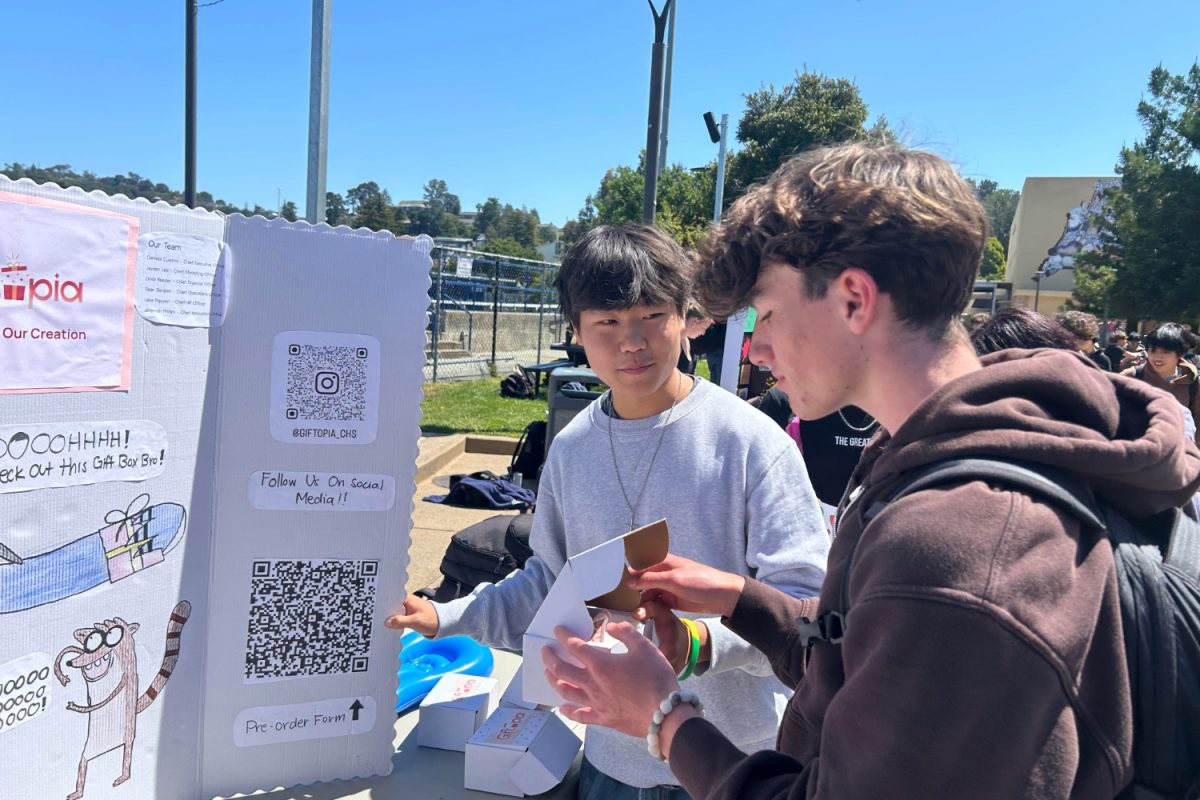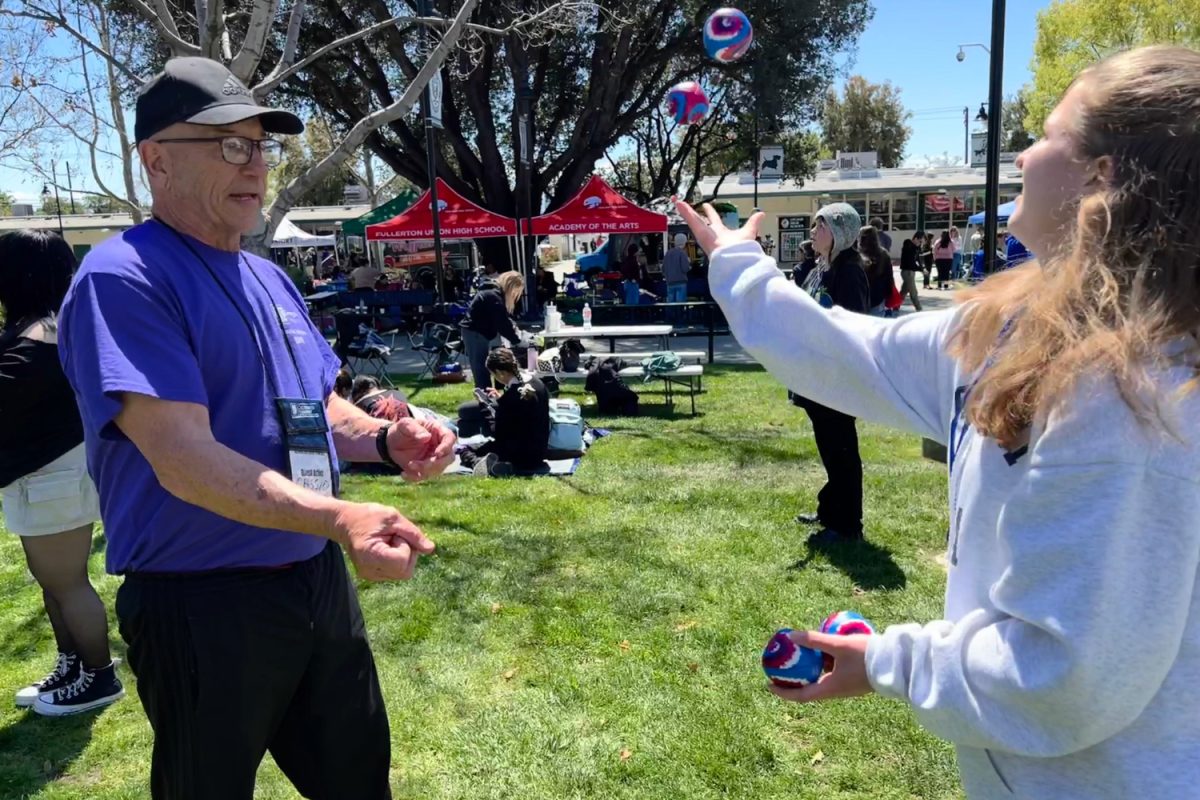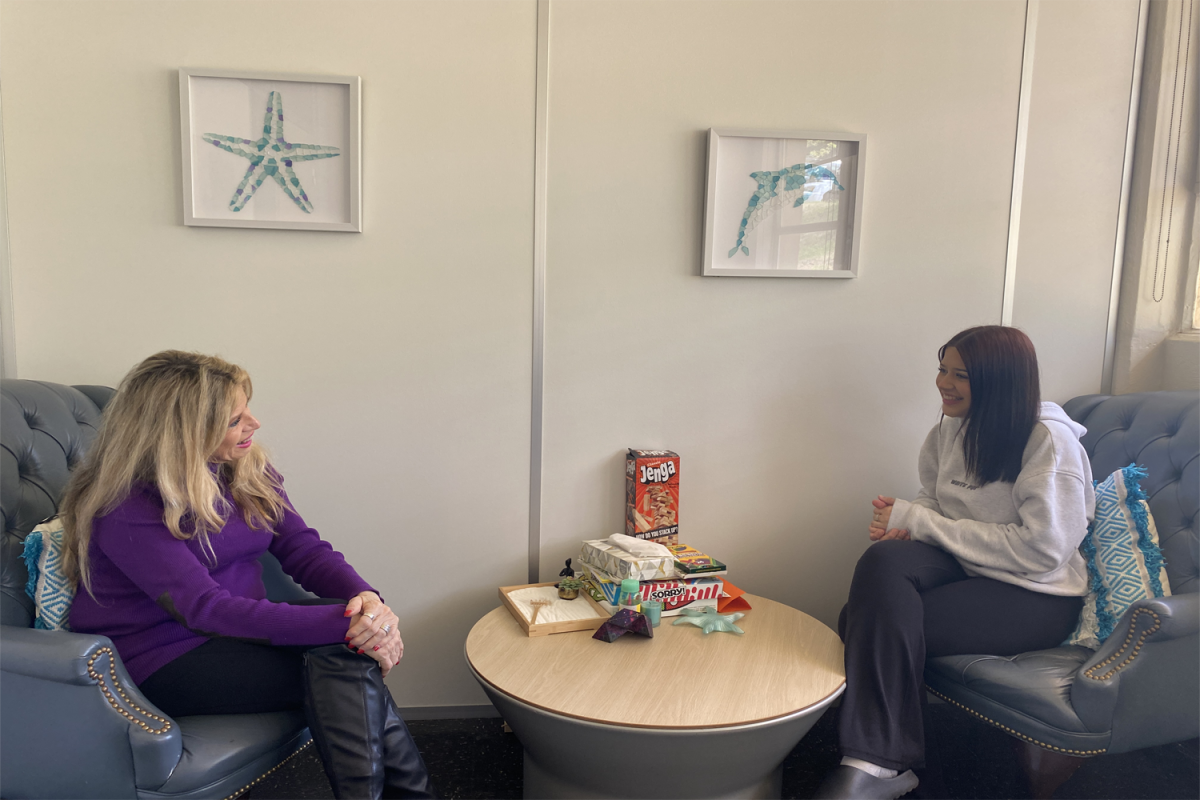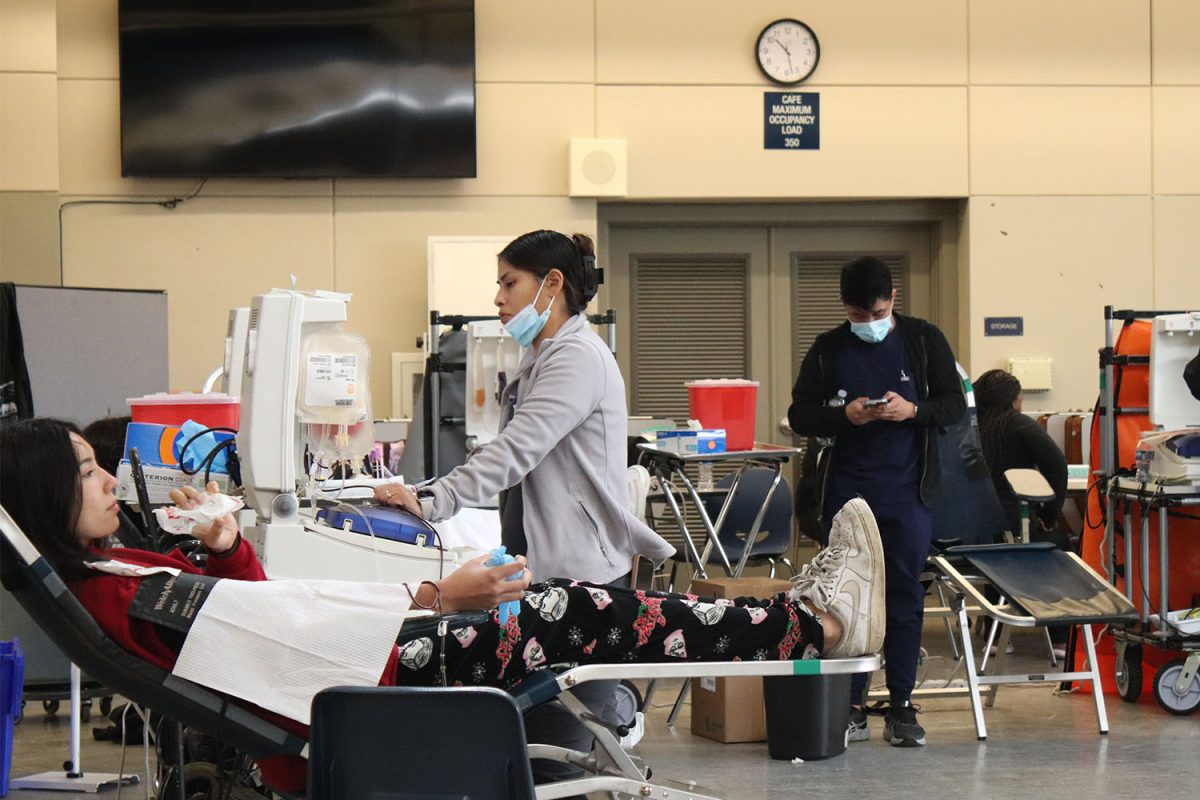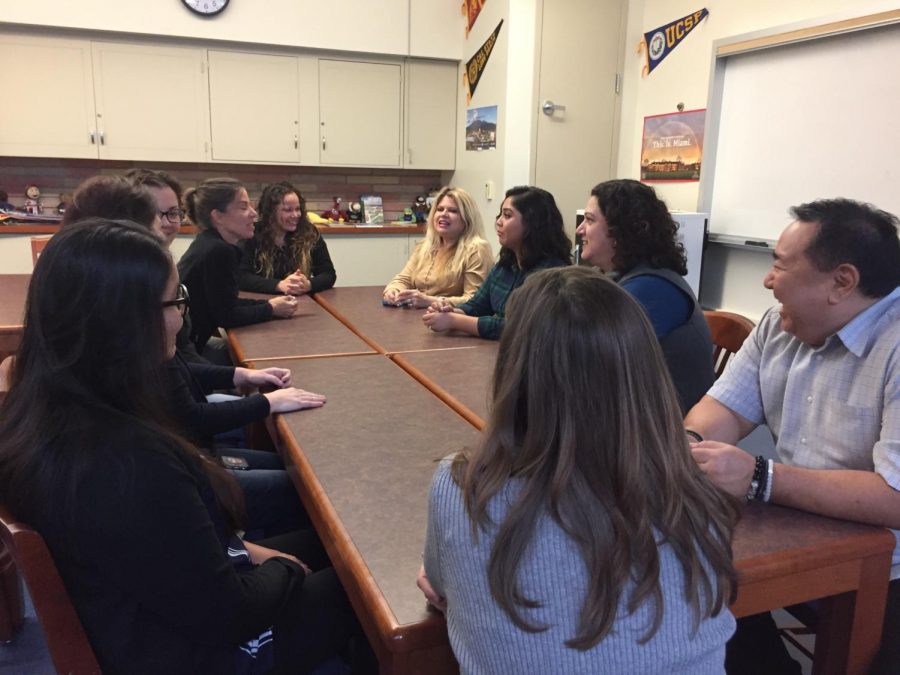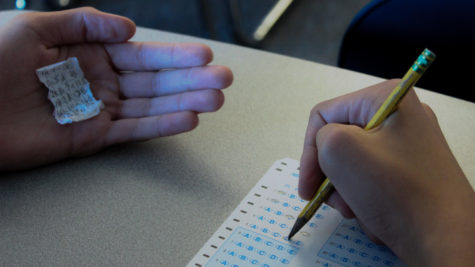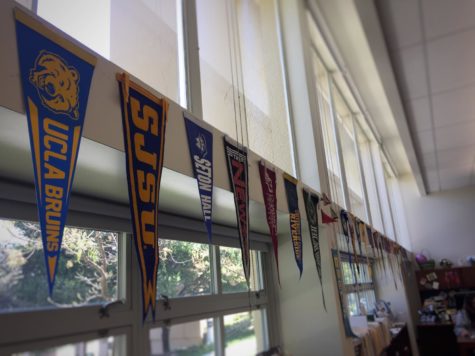It is no secret that both stress and anxiety can take a toll on students, especially in high school.
Principal Ralph Crame, as well as the rest of the administration, wants to work to combat these everyday obstacles. To do so, he formed a mental health collaboration team following the Western Association of Schools and Colleges’ (WASC) evaluation of Carlmont.
The administration also created an advisory period committee to explore the idea of an advisory period where students can relax and do homework.
Through research and introducing new practices, these committees hope to create a better environment for students to succeed.
“[We’re hoping to] just change little things. How do we address students’ stress on a smaller scale that makes a big difference for students, but doesn’t interrupt their schedule on a regular basis?” Crame said.
The mental health collaboration team has been working hard and last week, they helped arrange the showing of the movie “Angst” hoping it would help parents start conversations their students surrounding mental health. They have also been researching since their establishment last year, in order to gather more data about student stress and anxiety reduction.
However, some are worried about the effectiveness of the mental health team.
“I think in a sense, a lot of people that have anxiety and just struggle to get through the day won’t be aware of [the team] because spreading things like that can be difficult,” Gische said. “Often, teachers aren’t aware that their students are struggling, I know I hide it, unless the students directly come to them, which can be difficult. Another thing is the people who don’t need it will take advantage of it and ruin it.”
Crame stated that the mental health collaboration team is distinct from SOS, Carlmont’s peer support program. SOS, he said, is more for students who are dealing with mental health problems that are trigger-based. This new team will deal with more general anxiety and problems that might not be big enough to be handled by SOS. However, the two will work in tandem to help students by creating a strong support system in school.
The team also does not interact with students unless it is part of their normal job. For example, if a teacher is a part of the team, they would talk to students, as that is a normal part of their job. But administrators that are on the team will generally not.
The committee looking into the possible implementation of an advisory period is still unclear about how exactly they would fit such period into Carlmont’s current bell schedule. However, they want to all be on the same page about it before they present the idea to parents and students.
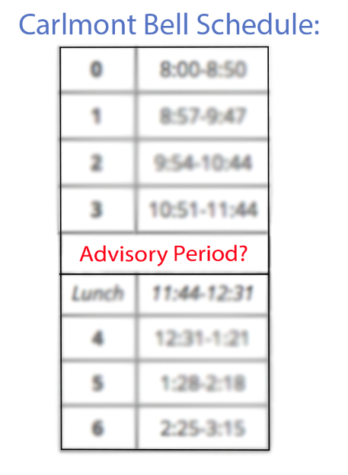
Many students are on board with the idea of an advisory period, although some are worried about how much it would change their daily schedules.
“I don’t know how they’ll approach that, it sounds like a lot of work to change up the bell schedule. I think it’ll be a little weird since we’re all so used to the regular bell schedule,” said Alyssa Higdon, a senior.
According to Crame, the last major change to the bell schedule was two years ago when the late start schedule on Wednesday was first implemented.
Research has found that teenagers tend to fall asleep later, due to a change in the body’s biological clock. By pushing the schedule back, the administration hoped students would be more awake and ready to participate and learn in school.
Similarly, they think that an advisory period could relieve much of the daily anxiety still presented by academic expectation.
“I think the idea of having an advisory period sounds awesome because getting through the day is stressful enough. [I have] seven classes, five of them are difficult, and it’s a long day with a lot to focus on. Being someone who has anxiety, I struggle to get through it,” sophomore Alexandra Gische said.
The advisory period advisory committee will look at other schools that have implemented the advisory period, to see at how they have integrated it and view the outcomes. They plan to visit and observe Menlo-Atherton next week.
However, both projects depend on how beneficial they are to the students.
“In society today, there are a lot of stressors. Some of that stress is school related, some of it is not school related. But students carry that into school and it affects their performance in school,” Crame said.

